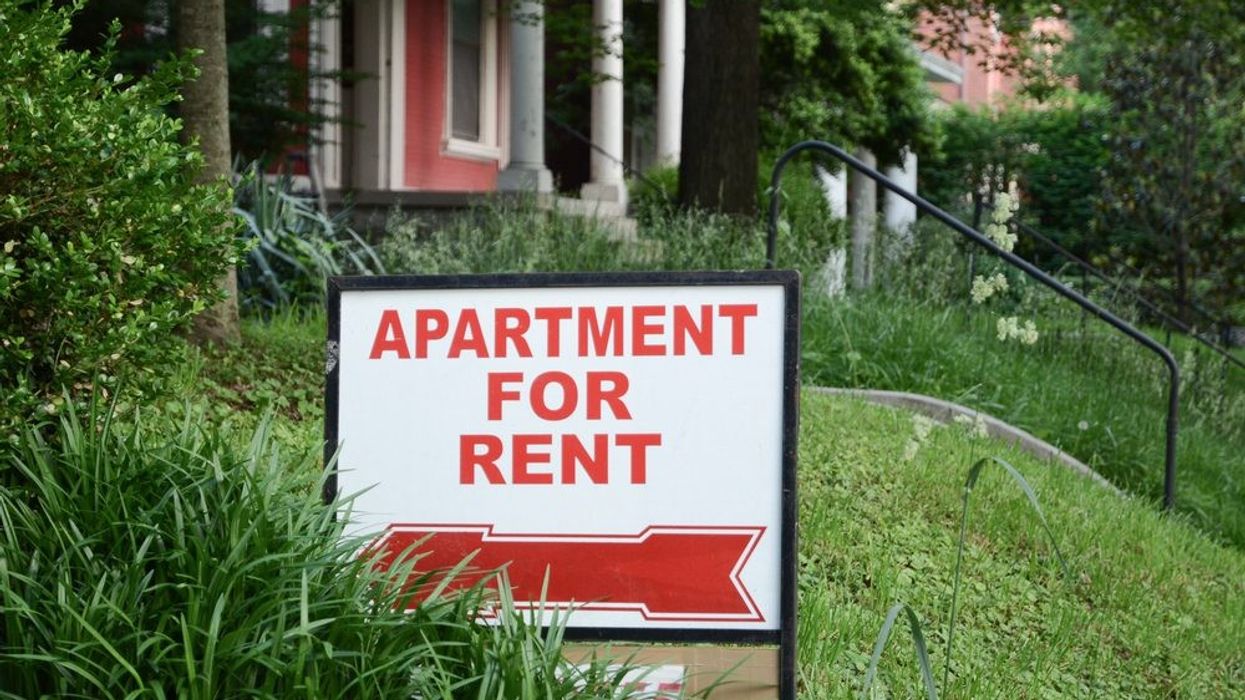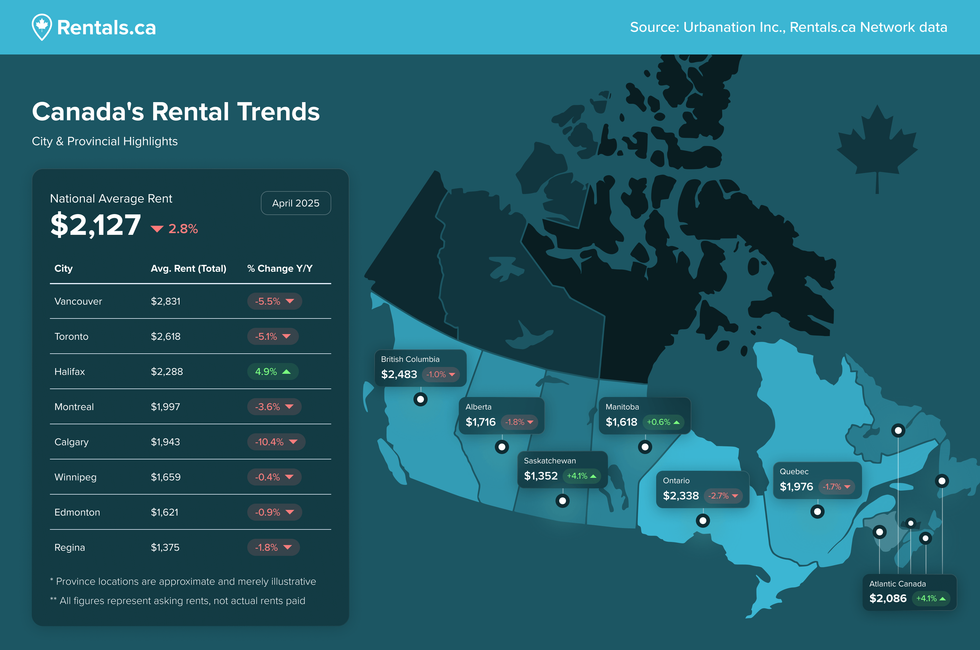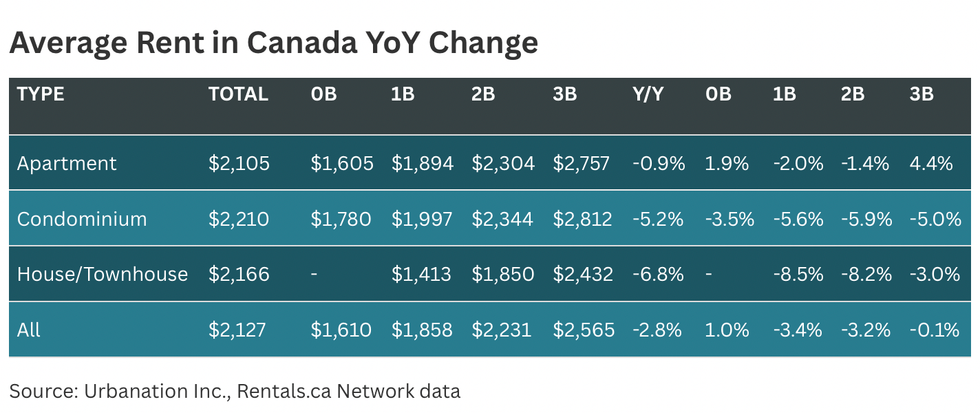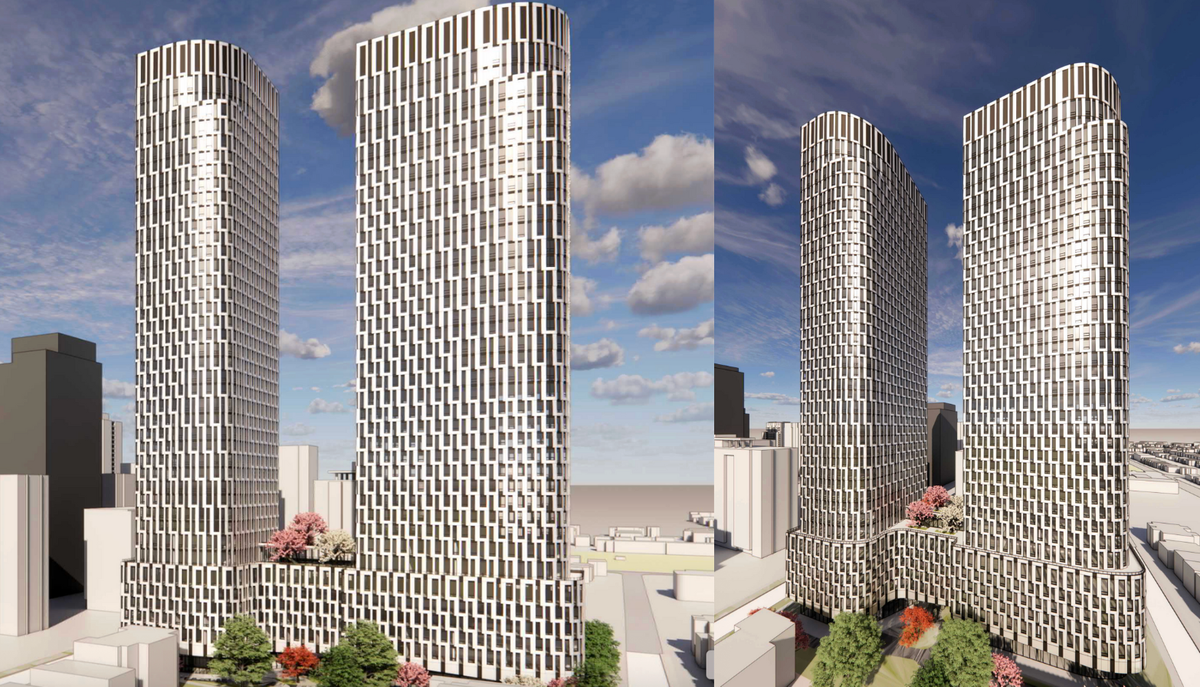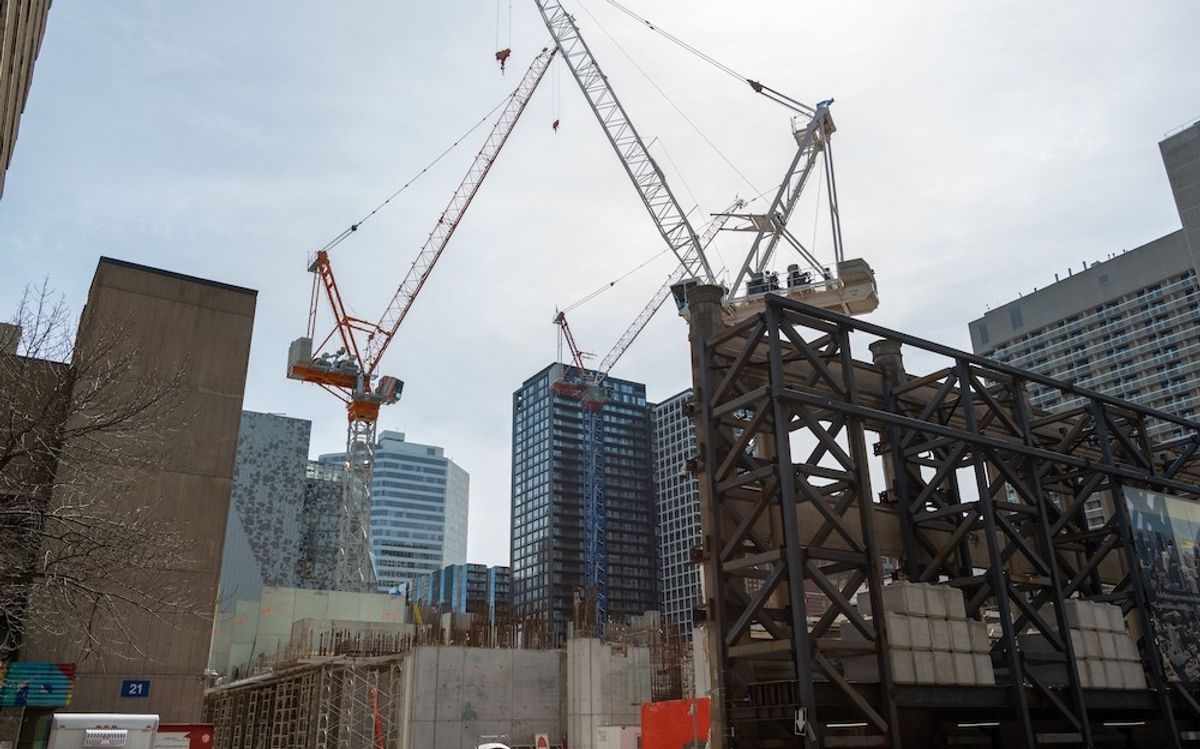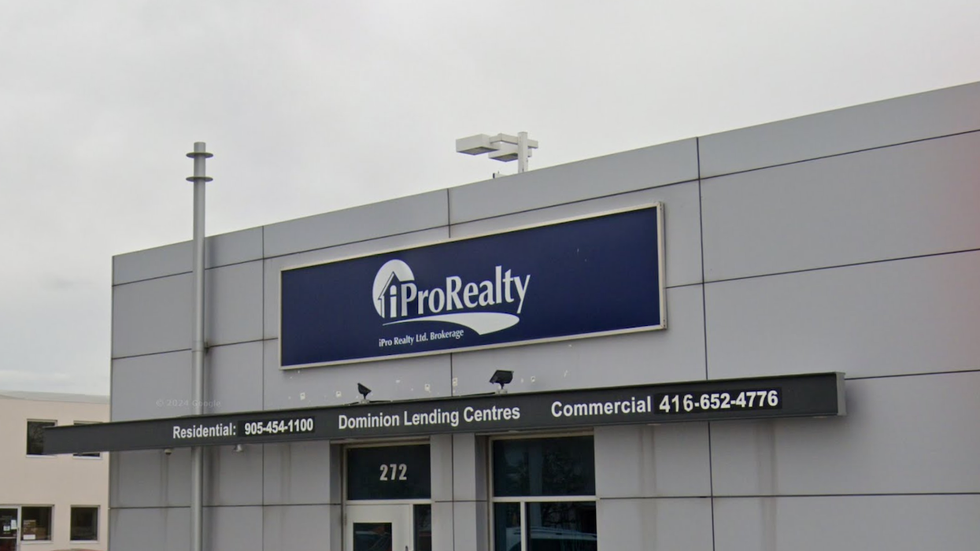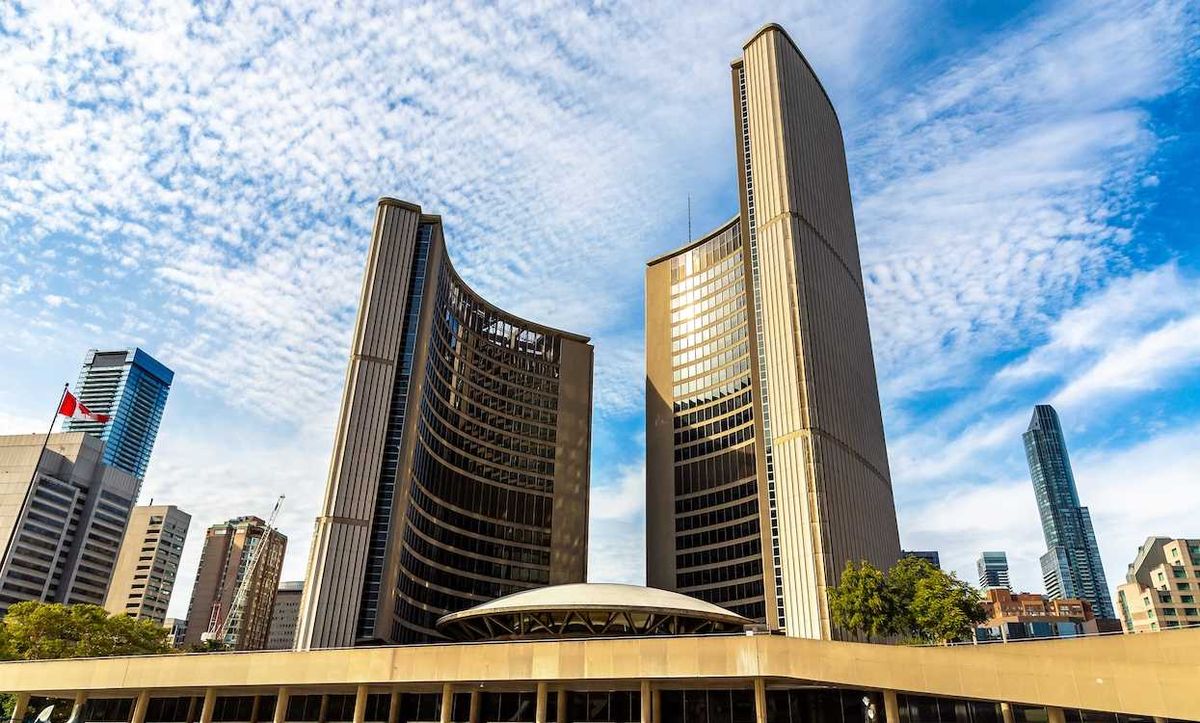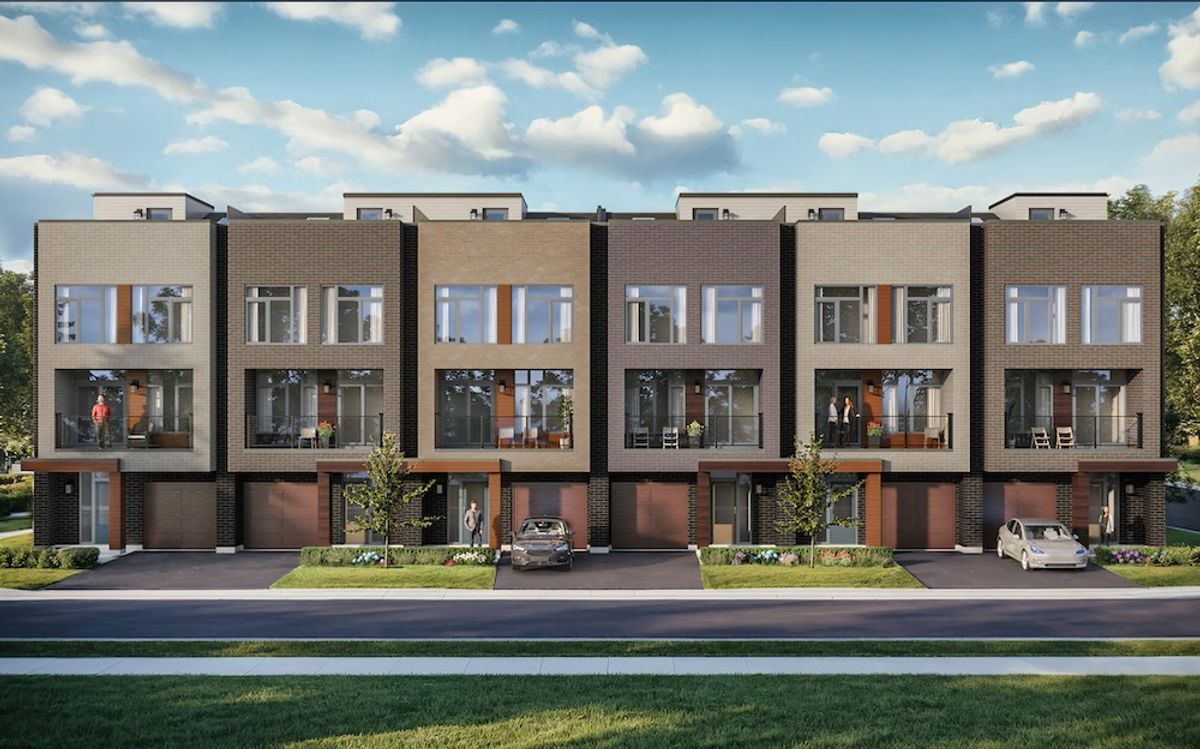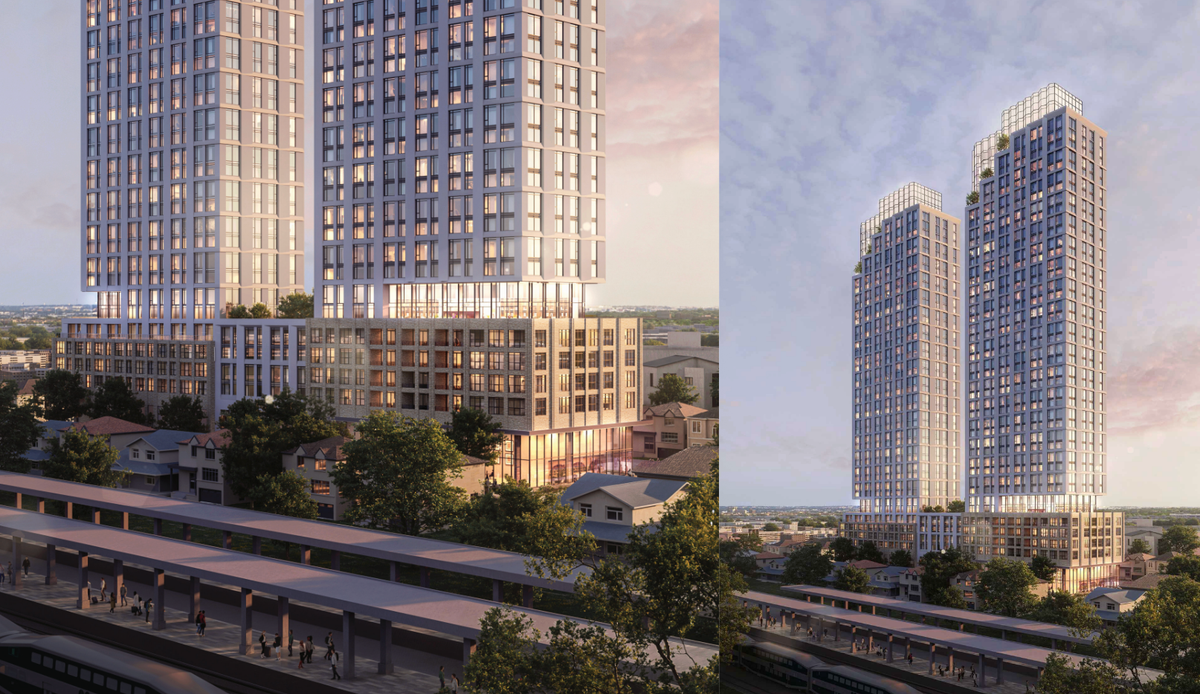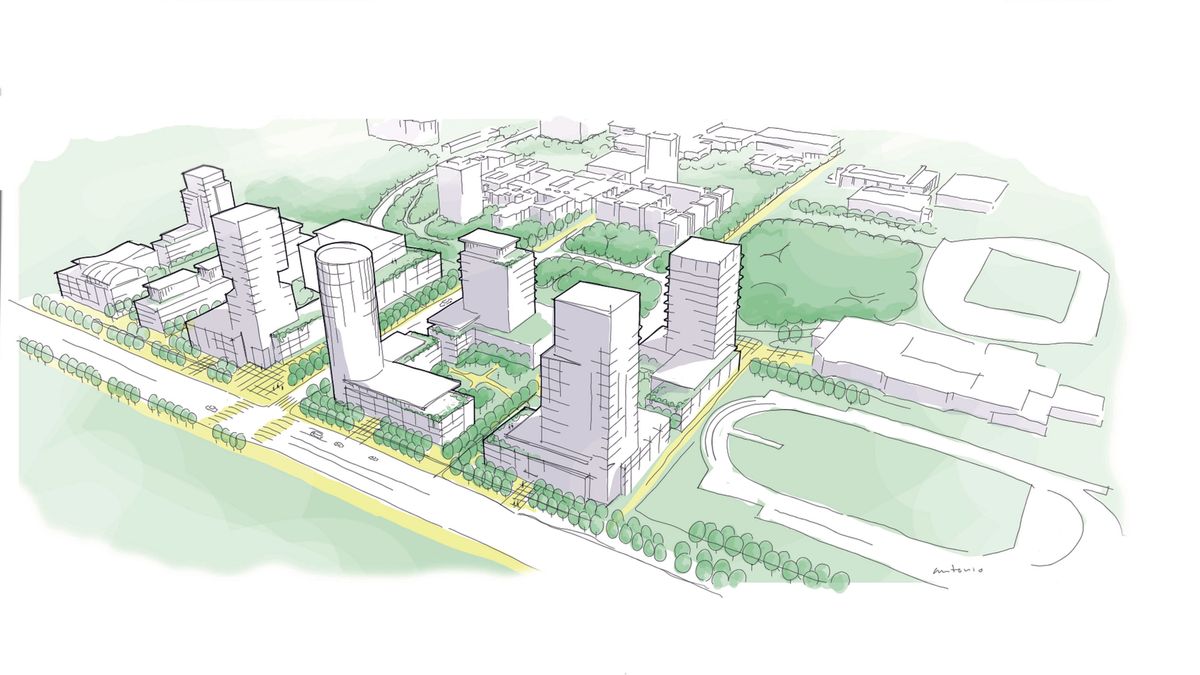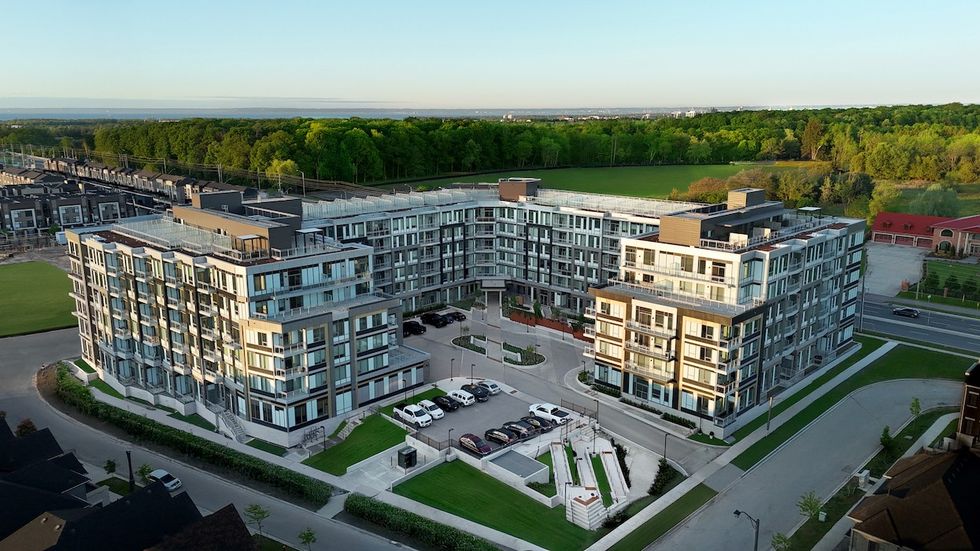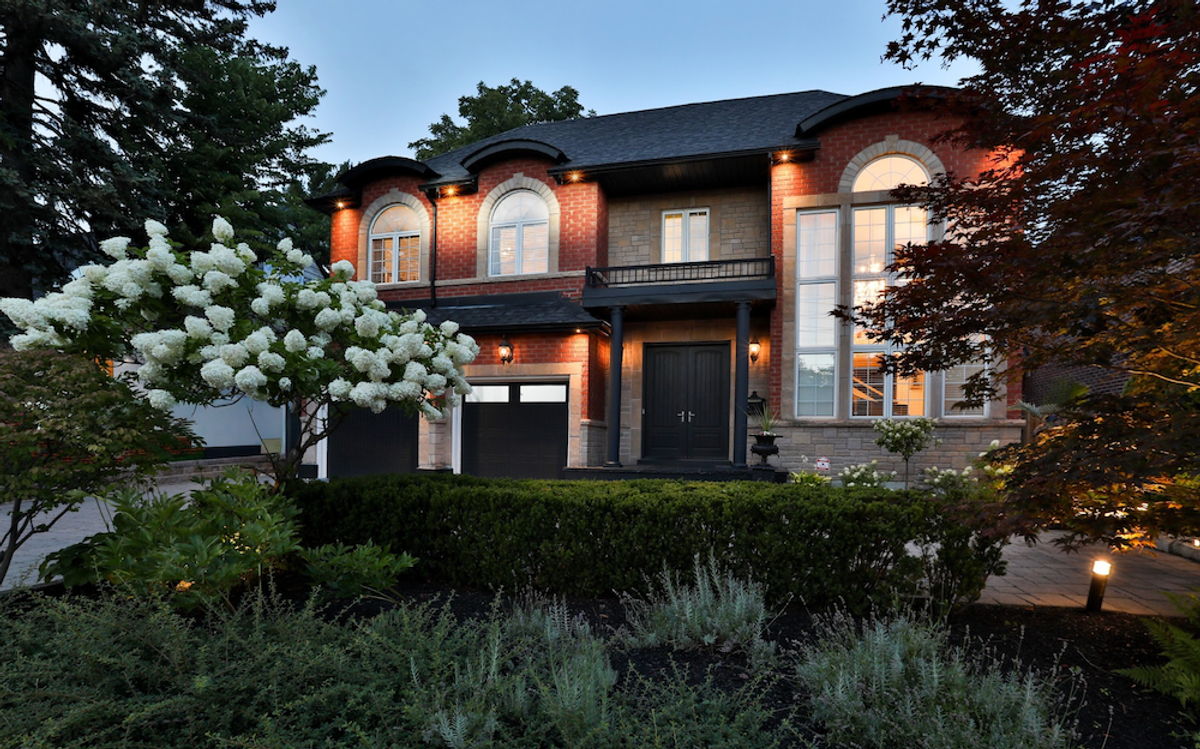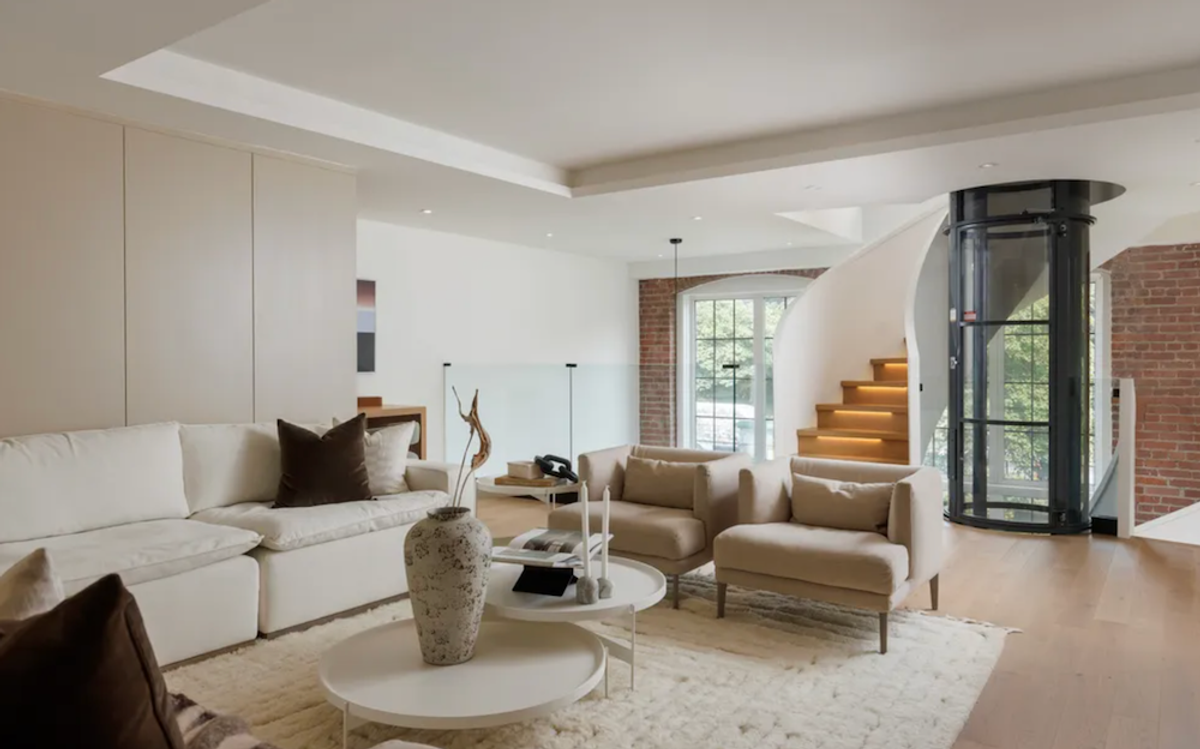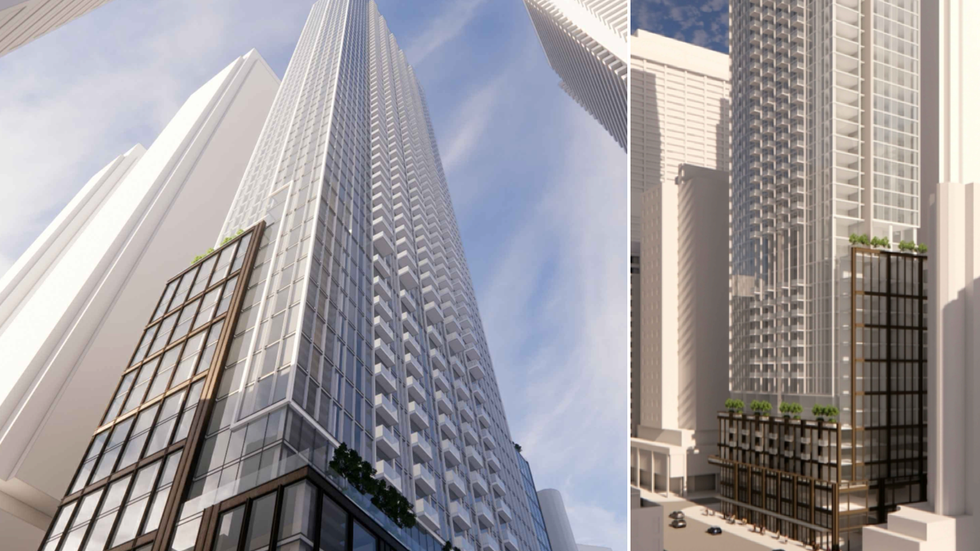Despite recent softening in some markets, the average asking rent for all residential properties in Canada increased 0.4% in April to $2127, according to the latest National Rent Report from Rentals.ca and Urbanation. This marks a five-month high and the second straight month of gains.
It also marks a 28% increase from the COVID-19 low in April 2021, and a 6.2% increase compared to two years ago. Prior to the pandemic, rents in cities like Toronto were climbing quickly. After the brief depths-of-the-pandemic drop, they resumed their upward trajectory once normal life resumed.
With that said, rents currently – and somewhat refreshingly, if we’re looking for silver linings for Canada's renters – remain down 2.8% annually, marking the seventh consecutive month of year-over-year declines. So, there's that.
“The rental market in Canada has shown some early signs of stabilizing this spring, with rents moving higher over the past two months,” says Shaun Hildebrand, President of Urbanation. “Renters are starting to take advantage of the improvement in affordability, which is thanks to the record amount of new supply hitting the market.”
In short, Canadian renters have (more) options these days – and landlords know it. In fact, according to Urbanation’s rental market report for the first quarter of the year, the Greater Toronto Hamilton Area (GTHA) saw the percentage of rental buildings that offered incentives – including free rent for one or two months – double from the first quarter of 2024, climbing from 31% of buildings to 63%.
In April, purpose-built rental apartments – an increasingly popular asset class in cities like Toronto – saw the largest monthly rent increase among property types in Canada, up 0.9% to an average of $2,105. On the other hand, condo rents dropped by 1% from March and a notable 5.2% compared to the previous year, to an average of $2,210. According to the report, other secondary rental properties also saw rents drop, falling 0.9% month over month and 6.8% year over year to $2,166.
Purpose-built three-bedroom apartments experienced the most significant annual rent increase at 4.4%, but all purpose-built unit sizes saw rent growth from March to April. Conversely, condo rents decreased across all unit sizes, with two-bedroom condos showing the largest year-over-year decline of 5.9%, to $2,344.
Interestingly, Ontario – known for its pricey rent costs in places like the Greater Toronto Area (GTA) – saw the largest year-over-year decline in average rent prices, at -2.7%. With that said, average rents did rise 0.5% month over month.
Meanwhile, Saskatchewan led provinces in annual rent growth, at 4.1%, followed by Nova Scotia (+2.6%) and Manitoba (+0.6%). According to the report, British Columbia, Alberta, and Quebec also posted annual declines, with Alberta the only one of the four to see a monthly dip.
Among Canada’s major cities, Calgary experienced the steepest annual decline at -8.9% to $1,903, putting average rent as its lowest level in over two years. Notably, Toronto rents declined 5.5% to $2,606. Vancouver rents dropped 4.9% to $2,836. Montreal, conversely, posted a 3.5% annual decrease to $1,989. Rents rose slightly in Ottawa (+1.9%) and Edmonton (+0.3%).
When it comes to shared accommodation, despite a 6% year-over-year increase in listings, the average asking rent dropped by 5% annually to $943. Prices for shared accommodation decreased in all tracked provinces and most major cities. Montreal experienced the largest year-over-year drop at -8.9%, followed by Vancouver at -7.6%. In contrast, Ottawa saw the most significant annual increase at +7.7%, while Edmonton recorded a modest rise of +1.1%.
Whatever the rental type, prospective Canadian renters are in a better situation than they have been in recent years as we roll into the warmer months.
